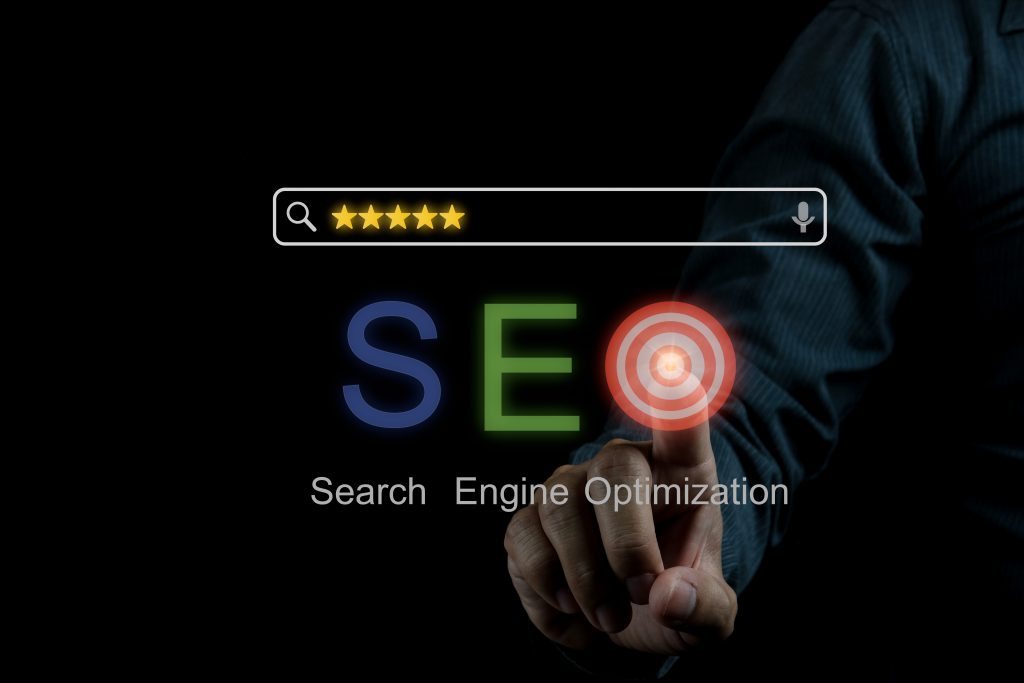In the labyrinthine world of Search Engine Optimization (SEO), one term frequently emerges as both a cornerstone and a puzzle: Google PageRank. This intricate algorithm, developed by Google, has been a subject of fascination and study for SEO experts and webmasters alike. Understanding PageRank is akin to unlocking one of the many secrets of achieving online visibility and success. In this comprehensive exploration, we’ll delve into what PageRank is, its evolution, and its pivotal role in today’s digital landscape, all the while balancing our discussion with the complexities and challenges that come with optimizing for it.
What Is PageRank?
PageRank stands as a testament to Google’s ingenuity, a system designed to determine the importance of web pages based on an intricate analysis of link structures. It’s like a voting system in the digital world, where links from one page to another are seen as a ‘vote’ of confidence and credibility. The more high-quality ‘votes’ a page receives, the higher its PageRank, and by extension, its potential position in search engine results pages (SERPs). But it’s not just a numbers game; the quality of the links is as crucial as their quantity.

The Historical Tapestry of Google PageRank
To appreciate the current state of PageRank, one must journey back to its origins. Launched by Larry Page and Sergey Brin, the PageRank algorithm was a pioneering force in Google’s search engine algorithm. Over the years, this algorithm has undergone numerous transformations, evolving in response to the dynamic web environment and the cunning tactics of those trying to game the system.
Decoding How PageRank Works
At its core, PageRank is an algorithmic expression, a mathematical formula that evaluates the quantity and quality of links to a page. It operates on a principle reminiscent of academic citation; the more a paper is cited by other significant papers, the more important it is deemed. Similarly, a web page linked by other authoritative pages inherits a part of their ‘importance’, influencing its own PageRank.
Factors That Influence PageRank
Initially, the factors influencing PageRank were straightforward, revolving around inbound links and their quality. However, as the digital world evolved, so did these factors. Nowadays, the algorithm is far more nuanced, considering aspects such as the relevance and context of links, and the authenticity of the linking site.
The Ongoing Relevance of PageRank
In an era where new SEO strategies emerge continuously, one might question, “Does PageRank still matter?” The answer is a resounding yes. Despite not being as openly discussed as it once was, PageRank remains a foundational element of Google’s ranking algorithms. It has now been integrated into a broader spectrum of criteria that collectively determine a website’s authority and relevance.
Exploring the Existence of a PageRank Replacement
In the ever-evolving SEO landscape, professionals often speculate about a potential successor to PageRank. While no direct replacement exists, several metrics attempt to simulate or approximate the PageRank concept. Tools like URL Rating (UR) offer similar insights, albeit with different methodologies and outcomes. However, none of these tools replicate the PageRank formula entirely or capture its full complexity.
Strategies to Enhance Your PageRank
Improving your PageRank boils down to enhancing the quality and quantity of inbound links to your site. This involves a mix of content creation, building relationships with authoritative domains, and ensuring your website is link-worthy. It’s a delicate balance between actively seeking opportunities and organically attracting links through high-quality, valuable content.
Unraveling the PageRank Formula
The original PageRank formula, while groundbreaking, was not without its flaws. It proposed a probability distribution model that, in theory, should sum up to one across all web pages. However, the initial formula didn’t align with this principle, leading to mathematical discrepancies. This realization led to refinements, ensuring the formula better represented the intended distribution of PageRank across the web.
The Evolution of Link Spam and Google’s Countermeasures
Link spam has been a persistent challenge in the SEO world. As webmasters tried to exploit PageRank by artificially inflating their link profiles, Google responded with algorithm updates like Penguin, which penalized such manipulative practices. Over time, Google has refined its approach, moving from penalizing entire sites to devaluing spammy links, thereby reducing their impact on PageRank.
The Future of PageRank and Link Analysis
Predicting the future of PageRank involves acknowledging the constant evolution of the web and Google’s algorithms. The incorporation of AI and machine learning signifies a shift towards more sophisticated link analysis methods. These advancements suggest a future where PageRank, while still relevant, is part of a much more complex system of evaluating web page quality and relevance.
The Intricate Dance of PageRank Optimization
Mastering PageRank optimization is akin to performing a complex dance. It requires a nuanced understanding of how different factors interact, the ability to adapt to the evolving digital landscape, and the foresight to anticipate future trends. Balancing these aspects without losing sight of the core objective – providing value to the user – is the key to harnessing the power of PageRank in your SEO strategy.
FAQs
Q: Can I view my website’s PageRank?
A: Google no longer publicly displays PageRank scores, but you can use alternative metrics like URL Rating (UR) for a similar analysis.
Q: Is PageRank the only factor in ranking websites?
A: No, PageRank is one of many factors used by Google’s algorithms to rank websites. Content quality, user experience, and other technical SEO aspects also play significant roles.
Q: How can I improve my PageRank?
A: Focus on acquiring high-quality backlinks from reputable websites, creating valuable content, and ensuring a good user experience on your site.
